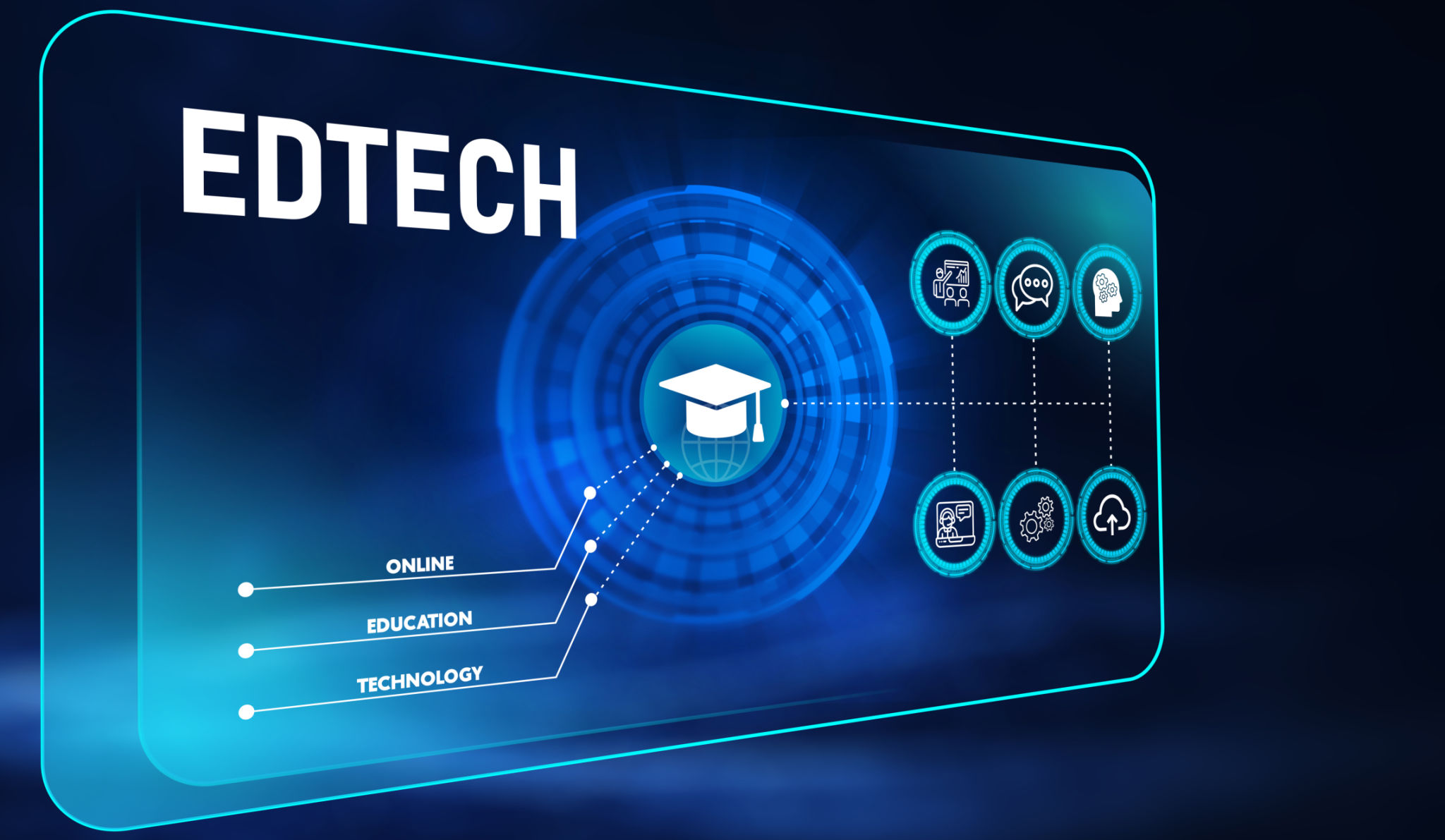Top 5 Tips for Integrating Smart Technology into the Classroom
Embracing Smart Technology in Education
In today's digital age, integrating smart technology into the classroom has become an essential aspect of modern education. With the right tools, educators can enhance learning experiences and engage students in innovative ways. Here are the top five tips for successfully incorporating smart technology in your teaching environment.

1. Start with a Clear Objective
Before introducing any new technology into the classroom, it's crucial to define your educational goals. What do you aim to achieve with this technology? Whether it's improving student engagement, facilitating personalized learning, or enhancing collaborative projects, having a clear objective will guide your choices and help measure success.
2. Choose the Right Tools
The market is flooded with smart devices and educational apps, so selecting the right tools can be overwhelming. Focus on technology that aligns with your objectives and supports your curriculum. Consider user-friendly platforms that both teachers and students can easily navigate to maximize the effectiveness of the integration.

3. Ensure Accessibility for All Students
One of the biggest challenges of integrating smart technology is ensuring that all students have equal access. This means considering students who may not have personal devices or stable internet connectivity at home. Schools should explore options like providing loaner devices or implementing offline access features to bridge this gap.
Equity in access is key to a successful tech integration strategy. By addressing potential barriers, you enable every student to benefit from the technological advancements.
4. Provide Adequate Training and Support
For technology integration to be effective, educators must feel confident using new tools. Providing comprehensive training sessions and ongoing support helps teachers understand how to leverage technology to enhance learning outcomes. Encourage a culture of continuous learning where educators share experiences and strategies for using these tools effectively.

5. Foster a Collaborative Learning Environment
Smart technology can transform classrooms into collaborative environments, encouraging students to work together on projects and problem-solving activities. Utilize platforms that facilitate real-time collaboration and communication, allowing students to engage with each other and their teachers seamlessly.
By fostering a collaborative spirit, you not only enhance learning but also prepare students for the interconnected world they will face in their future careers.
Conclusion
Integrating smart technology into the classroom is an ongoing process that requires thoughtful planning and adaptation. By setting clear objectives, choosing appropriate tools, ensuring accessibility, providing training, and encouraging collaboration, educators can create dynamic and inclusive learning environments that inspire students.
